Efficient, Secure, Reliable Electricity
This pillar focuses on delivering the innovations to provide an efficient, resilient and reliable future network supporting increased electrification in a low-carbon future. The following outlines a selection of the projects undertaken by ESB Networks under the Network Resilience pillar. The latest progress reports and close-out reports are available to view here also.
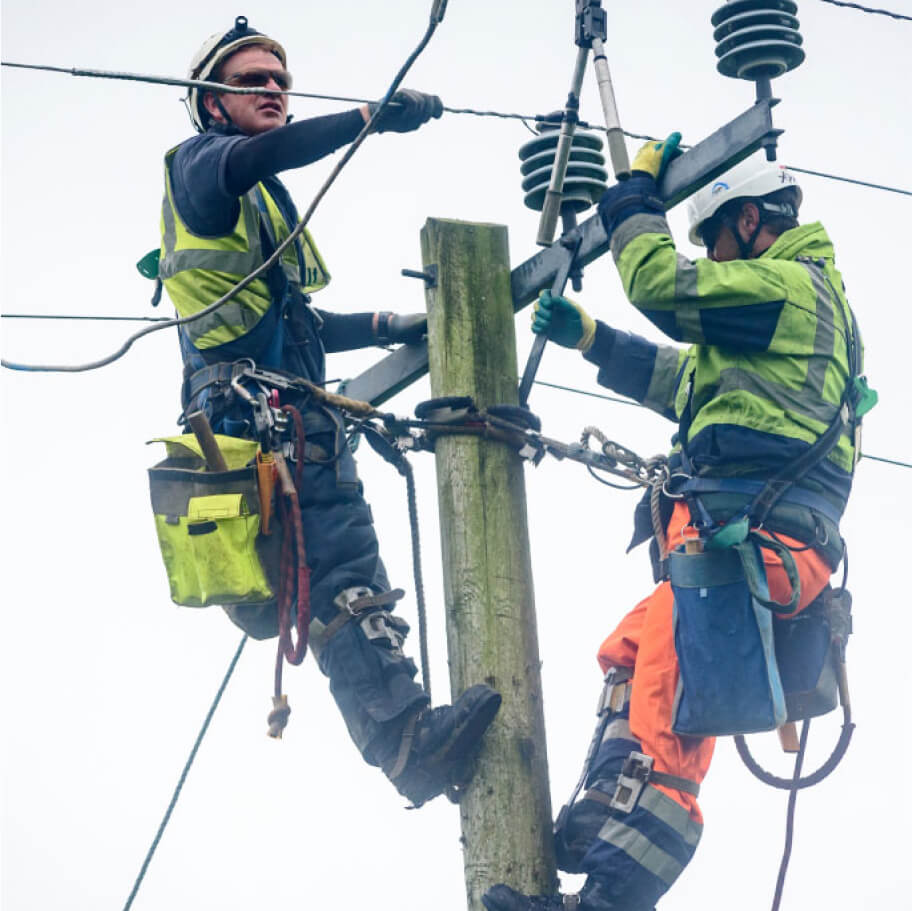
SOGNO – Smart Monitoring for Increased Resilience
The SOGNO project is a Horizon 2020 project delivered by a consortium of 12 academic and industry partners including ESB Networks. The project aimed to innovatively leverage new technologies to solve some of the biggest challenges facing DNO’s who need to gather and store large quantities of network related data.
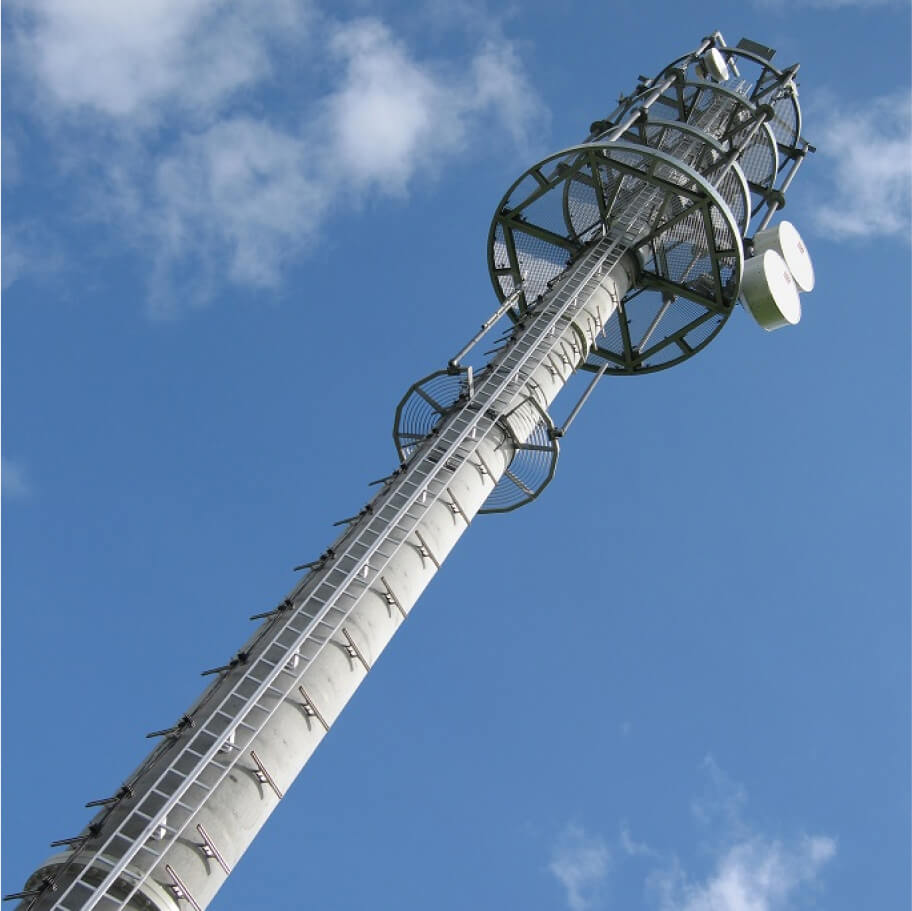
Smart Network - National Radio Access Network Project
To enable a smart grid network, the development of a reliable cyber-secure national wide area radio access network, independent of the public mobile operators, is needed to meet the demand for the control, protection and management of utility assets. This project involved the development of a dedicated wireless network for the reliable transport of data for future smart grid applications.
View report | PDF 287 KB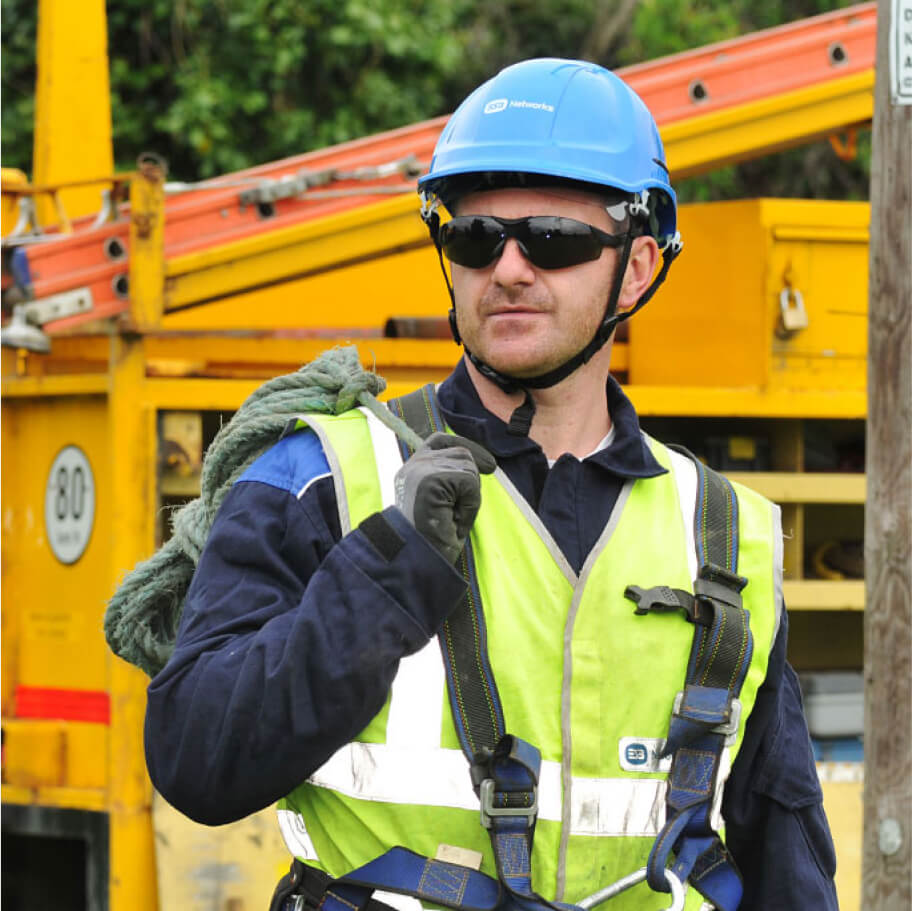
Amorphous Core Distribution Transformers
Amorphous Metal Distribution Transformers (AMDT) propose a lower electrical loss design solution compared to traditional transformers. AMDT cores possess a different grain structure with much lower resistance to magnetization cycles, which leads to reduced core losses. This innovation project evaluated the suitability of AMDT transformers and in particular evaluated whether the reduced core losses of this unique material offer sufficient benefits when deployed on the Irish network.
View report | PDF 287 KB
Improved Continuity of 20kV Sensitive Earth Faults
Sensitive Earth Faults (SEF) are difficult to detect because they have very low fault current values. During SEF operation, the protection device does not attempt to automatically reclose the circuit breaker to test if the fault conditions are still present. Customers remain off supply until the site is visited by ESB Networks staff. The project's aim was to trial innovative approaches to SEF to improve the continuity of electrical supply to customers.
View report | PDF 246 KB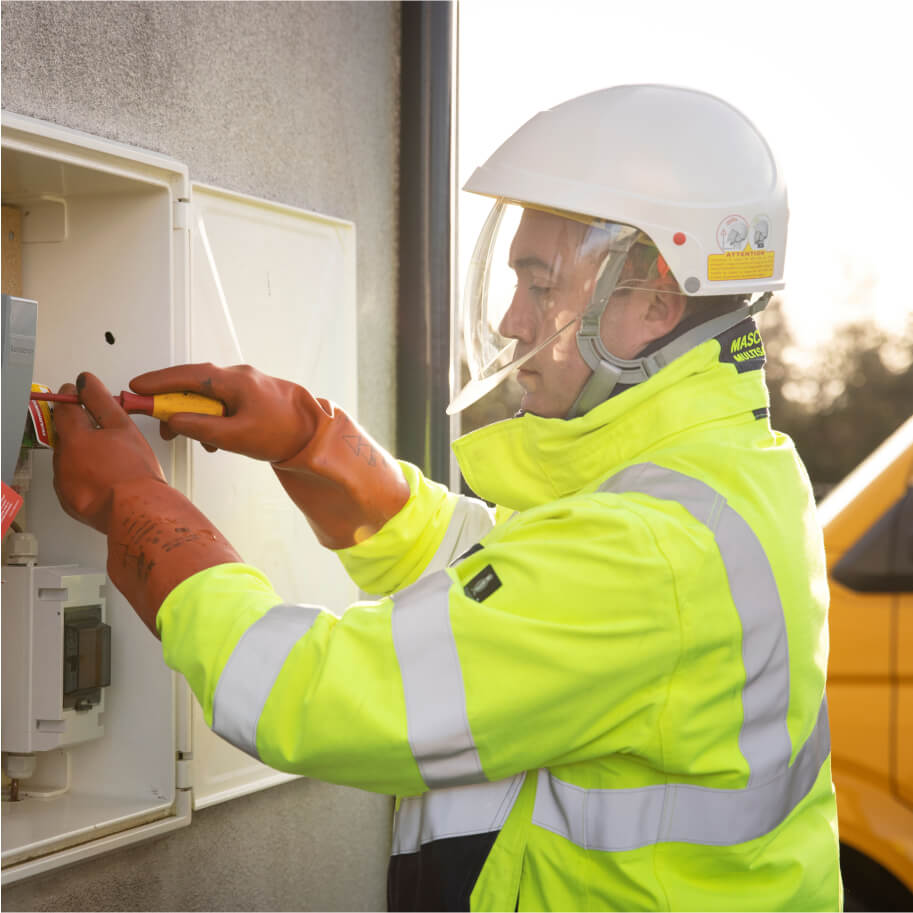
Data Analytics for Meter Fraud Detection
With the use of Data Analytics ESB Networks pursued a new avenue in identifying metering anomalies and developing a tool that can identify suspicious meter readings related to meter interference. The project developed an algorithm that can rank a pool of different meter readings based on statistical probability. The rollout of smart meters should lead to an increase in data volume and allow further fine tuning of the algorithm with AI.
View report | PDF 313 KB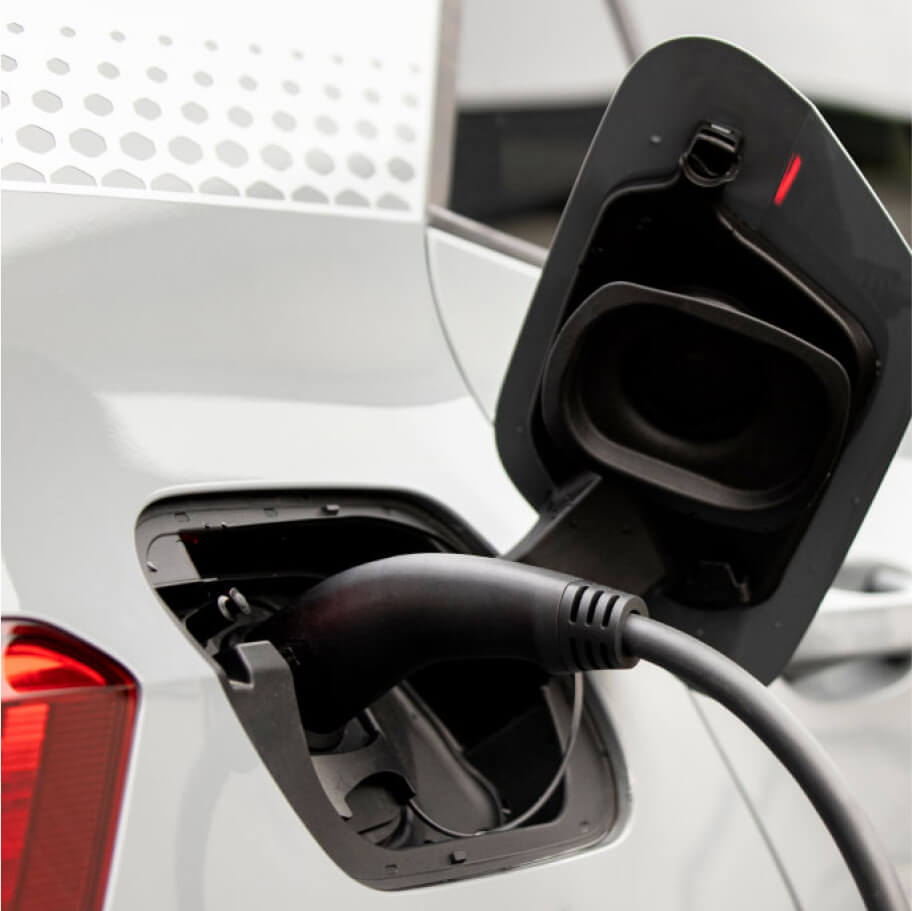
SUCCESS – Cyber Security in Future Networks
The aim of this H2020 project was to design, develop and validate, an adaptable security framework on small scale field trials. This framework showed how risks of cyber threats and attacks were reduced when metering systems are deployed as part of grid applications. The SUCCESS project developed three use cases which incorporated security, resilience, survivability and privacy. The Irish trial site performed the use case emulating the mass attack on EV chargers
View report | PDF 369 KB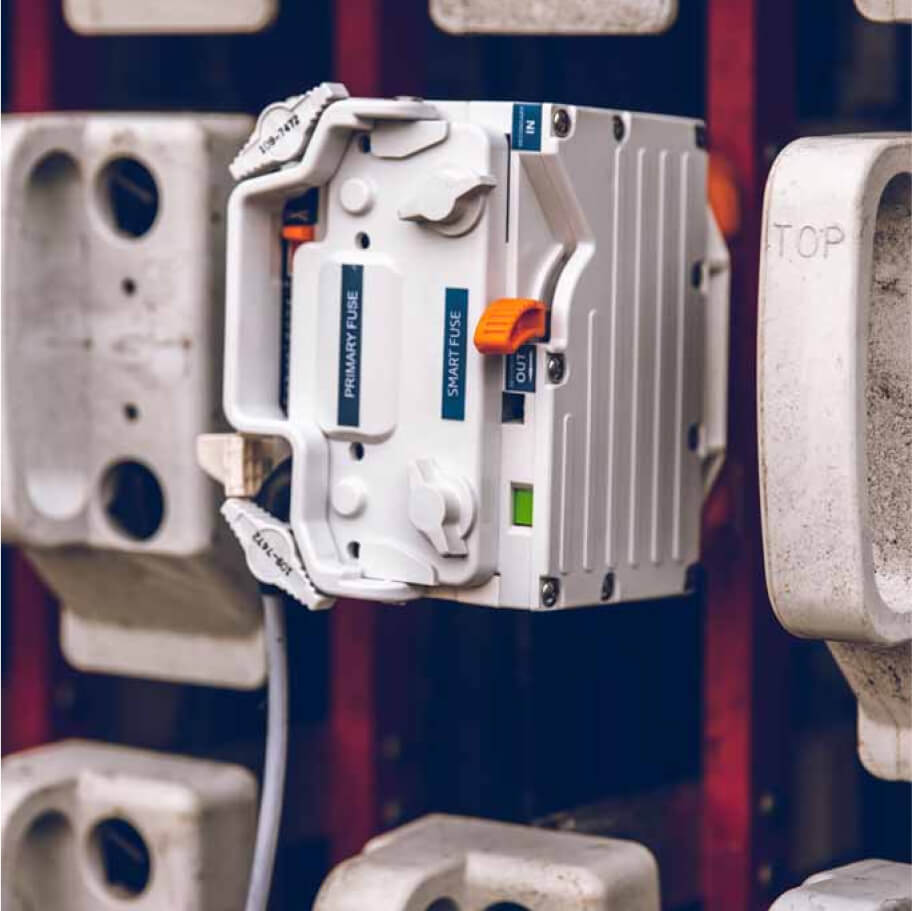
Innovative LV Auto – Reclosing On Intermittent Faults to Reduce Customer Outages
Intermittent Faults on Low Voltage underground networks cause temporary loss of supply to customers. Due to the nature of these intermittent faults they have proved difficult to locate. ESB Networks trialed the use of Kelvatek’s REZAP Vacuum Circuit breaker and BIDOYNG smart fuse to improve LV performance as part of the Smart Grid MV/LV Control Operation trial. This aimed to improve continuity and customer satisfaction.
View report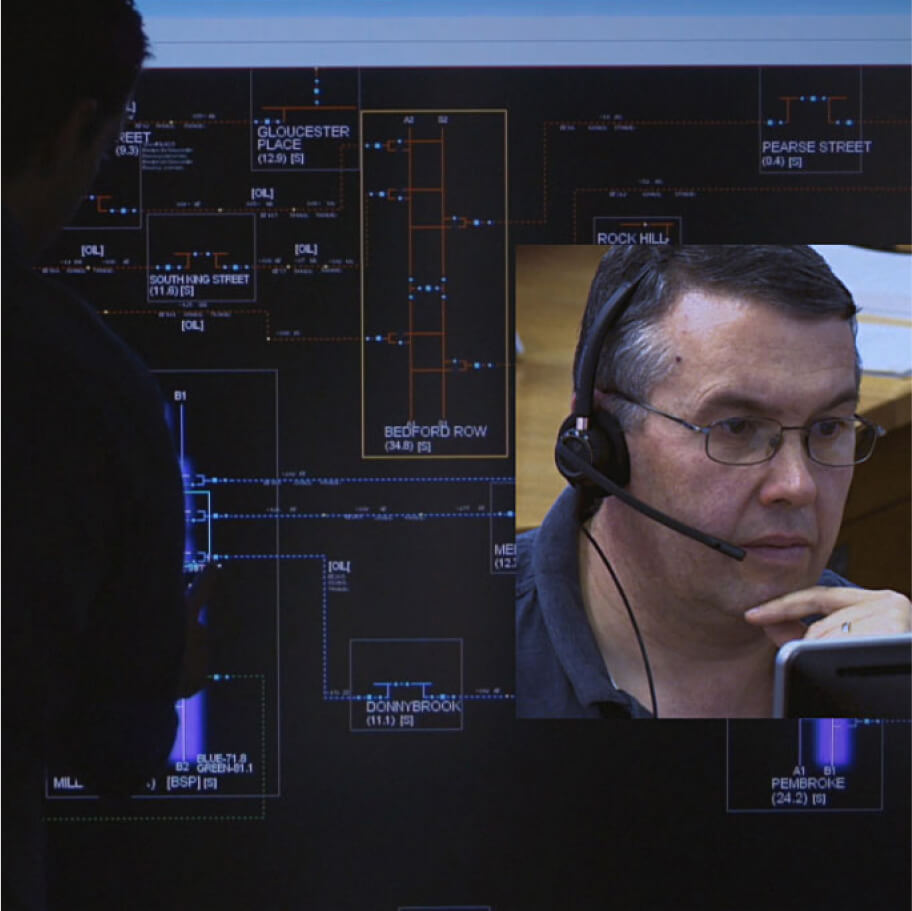
SCADA Digital Polling Radio
This project implemented the rollout of Digital Polling Radio System for Supervisory Control and Data Acquisition (SCADA) communications to provide a nationwide resilient and secure UHF radio communications. The system connected 564 HV stations via 80 radio base stations and implemented a National Institute of Standards and Technology (NIST) approved cyber security standard for the encryption of electronic data
View report | PDF 215 KB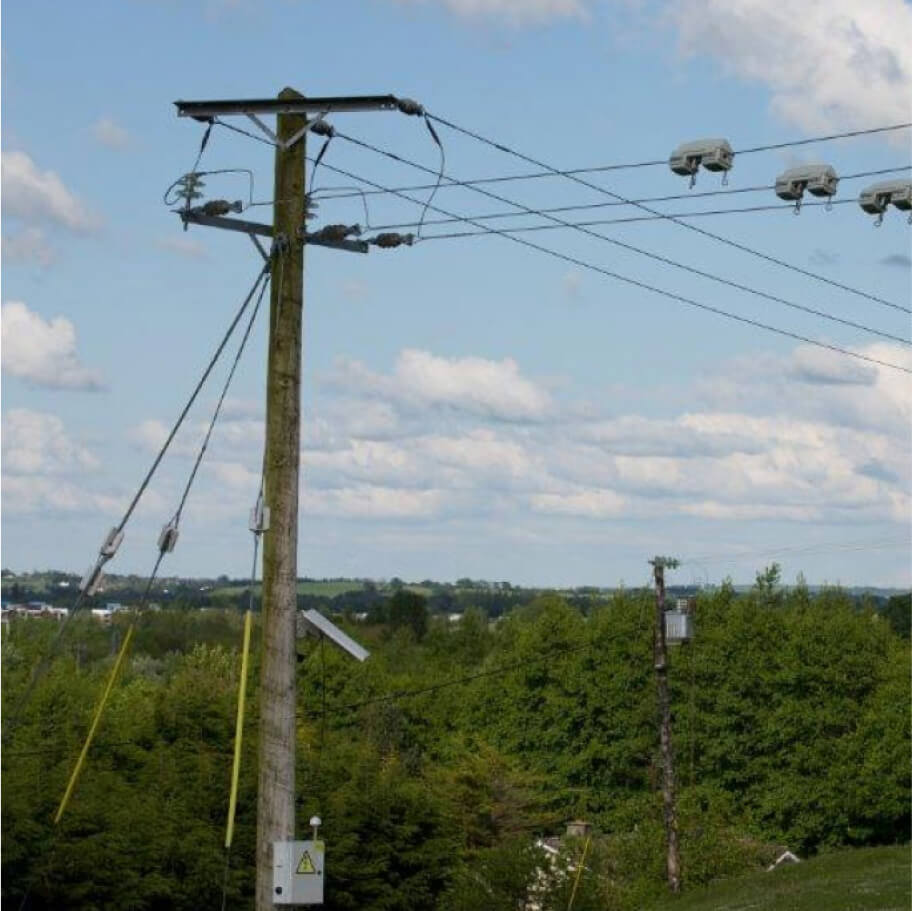
Introduction of Fibre Glass Stay Blocks
This project investigated the testing of fibre glass as an innovative substitute for existing wood material stays for end and angle overhead line poles. It also investigated different wood types and various types of wood treatment. The project objective was to consider learnings in regard to material science characteristics, handling and installation requirements and life time versus costs.
View report | PDF 164 KB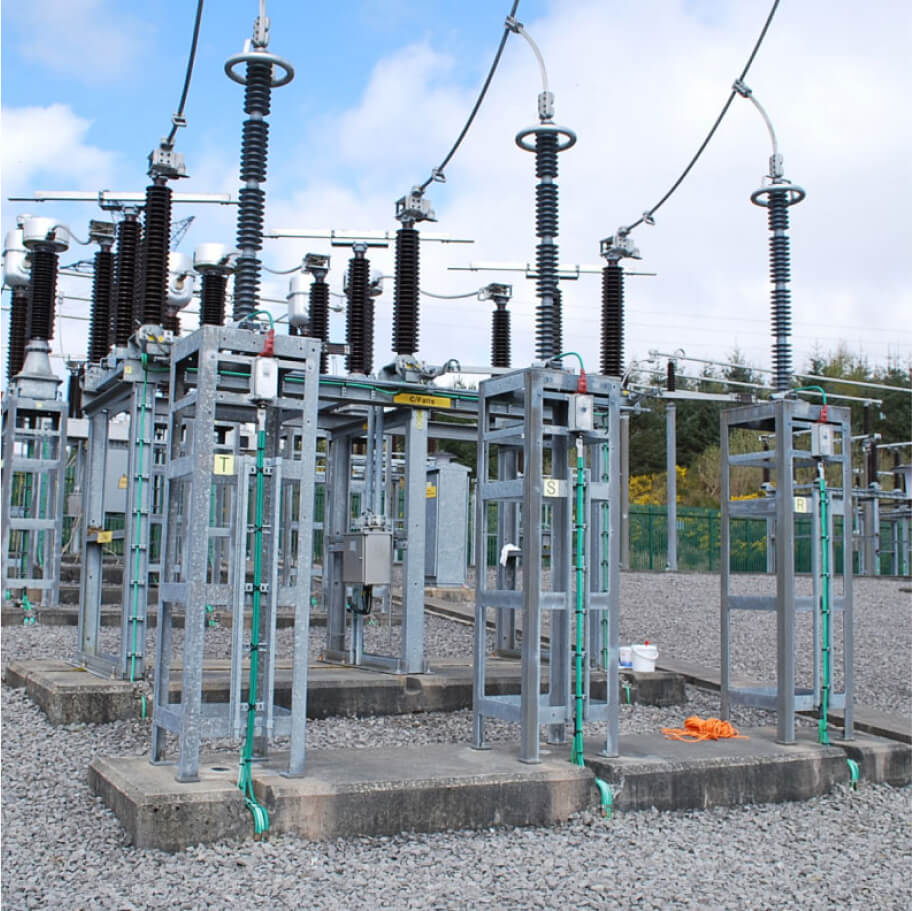
Sigfox Trial
SigFox is a lower power telecommunications technology designed to provide low cost solutions which can be deployed in large volumes nationwide. The objective of the SigFox trial was to test and validate the performance of Sigfox technology for a variety of applications and services in a number of locations as part of a smart network. SigFox is part of the internet of things (IOT) for smart connected devices enabling intelligent networks.
View report | PDF 641 KB